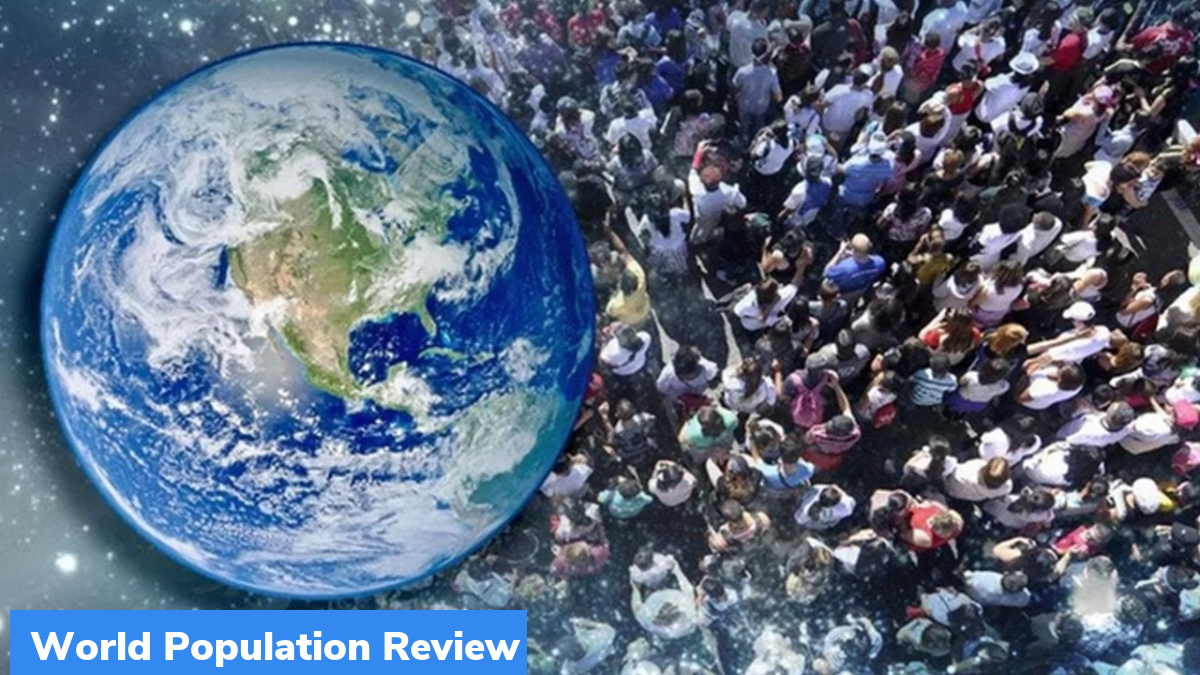World Population Review
The United States Census Bureau World Population Clock recently released its “World Population Review” report. According to the report, the world’s population (as of September 2022) was 7.9 billion. It is to reach 8 billion by November 2022. In 2015, the world population was 7.2 billion.
Key Findings of the Report
- India and China were the only countries with more than 1 billion people.
- China is the most populous nation in the world with 1.42 billion people.
- The population of India is 1.41 billion. India is to overtake China and become the most populous nation in the world by 2030.
- The population growth rate of the world is decreasing. It will reach zero by 2080-2100. After 2100, the growth rate will be negative.
- Prediction made: By 2100, the world population is to reach 10.4 billion people.
Countries with more than 100 million people
Twelve countries in the world have more than 100 million people. They are as follows:
- US: 338 million
- Indonesia: 275 million
- Pakistan: 236 million
- Nigeria: 219 million
- Brazil: 215 million
- Bangladesh: 171 million
- Russia: 144 million
- Mexico: 127 million
- Japan: 123 million
- Ethiopia: 124 million
- Philippines: 115 million
- Egypt: 111 million
Of these twelve countries, the population of Russia and Japan is to decrease by 2050. But the population growth rate of the rest of the countries is expected to increase.
Countries with less than 100 million people
- Vatican City is the least populated country in the world with a population count of 500 people.
- Eighty countries have populations between 10 million and 99.9 million.
- Sixty-six countries have populations between 1 million and 9.9 million.
- Seventy-Four countries have a population of less than one million.
Population Growth rate
- World Population growth rate: 140 babies are born every minute
- The growth rate fell below 1% in 2020. This occurrence is the first since 1950.
Future Predictions
Half of the world’s population is expected to come from just eight countries. They are as follows:
- India
- Egypt
- Ethiopia
- Nigeria
- Pakistan
- Philippines
- Tanzania
- Congo
As fertility and birth rates are increasing in some African countries, their population is expected to double in the coming days. Another reason for the doubling is the decrease in malnutrition and infant mortality.
Life Expectancy
- Global life expectancy has increased. It was 72.8 years in 2019. This is nine years longer than the expectancy in 1990. The global expectancy is expected to increase and reach 77.2 years by 2050.
- Life expectancy is increasing because of the reduction of impacts of non-communicable diseases and AIDS.
Month: Current Affairs - January, 2023
Category: International / World Current Affairs








